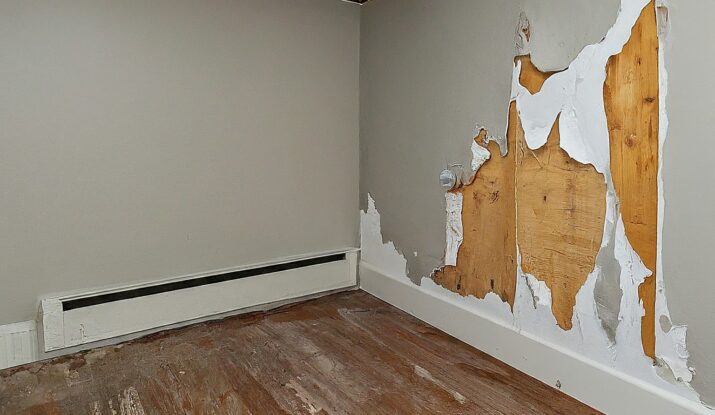It’s always better to be prepared than to scramble for a solution when disaster strikes
That’s why understanding the best practices for water damage restoration is crucial. In this article, we’ll explore the key steps and strategies to effectively recover from water damage, ensuring a quick and efficient restoration process.
Whether you’re a homeowner dealing with a burst pipe or a restoration professional looking for valuable insights, this article will equip you with the knowledge you need to navigate the challenges of water damage with ease. So, let’s dive in and uncover the best practices for water damage restoration.
Understanding Water Damage
Water damage refers to the destruction, damage, or loss caused by water intrusion into a building or property. It can occur due to various reasons such as overflowing rivers, heavy rainfalls, plumbing leaks, or even natural disasters like hurricanes. The severity of water damage can range from minor leaks to extensive damage that affects the structure, furniture, appliances, and personal belongings within the affected area. Understanding the causes and implications of water damage is crucial to effectively address and mitigate its impact.
Definition of Water Damage
Water damage encompasses any destructive process caused by water entering a space where it can cause harm. This can include flooding from natural disasters, burst pipes, leaking roofs, or even simple appliance malfunctions. It can lead to a wide range of issues, from visible damage like warped floors and water stains to more severe consequences like mold growth and compromised structural integrity. Knowing how to identify and address water damage is essential to preventing further deterioration and ensuring the safety of the affected area and its occupants.
Causes of Water Damage
Water damage can be caused by various factors, both external and internal. External causes include weather-related incidents such as heavy rainfall, flooding, or storms. These can result in water seeping into basements, cracks, or through compromised structures. Internal causes, on the other hand, are often linked to plumbing issues, such as burst pipes, leaks, or faulty appliances. Other common causes include overflowing sinks or toilets, sewer backups, or even improper installation of certain household appliances. Identifying the cause of water damage is the first step in effectively addressing and preventing its recurrence.
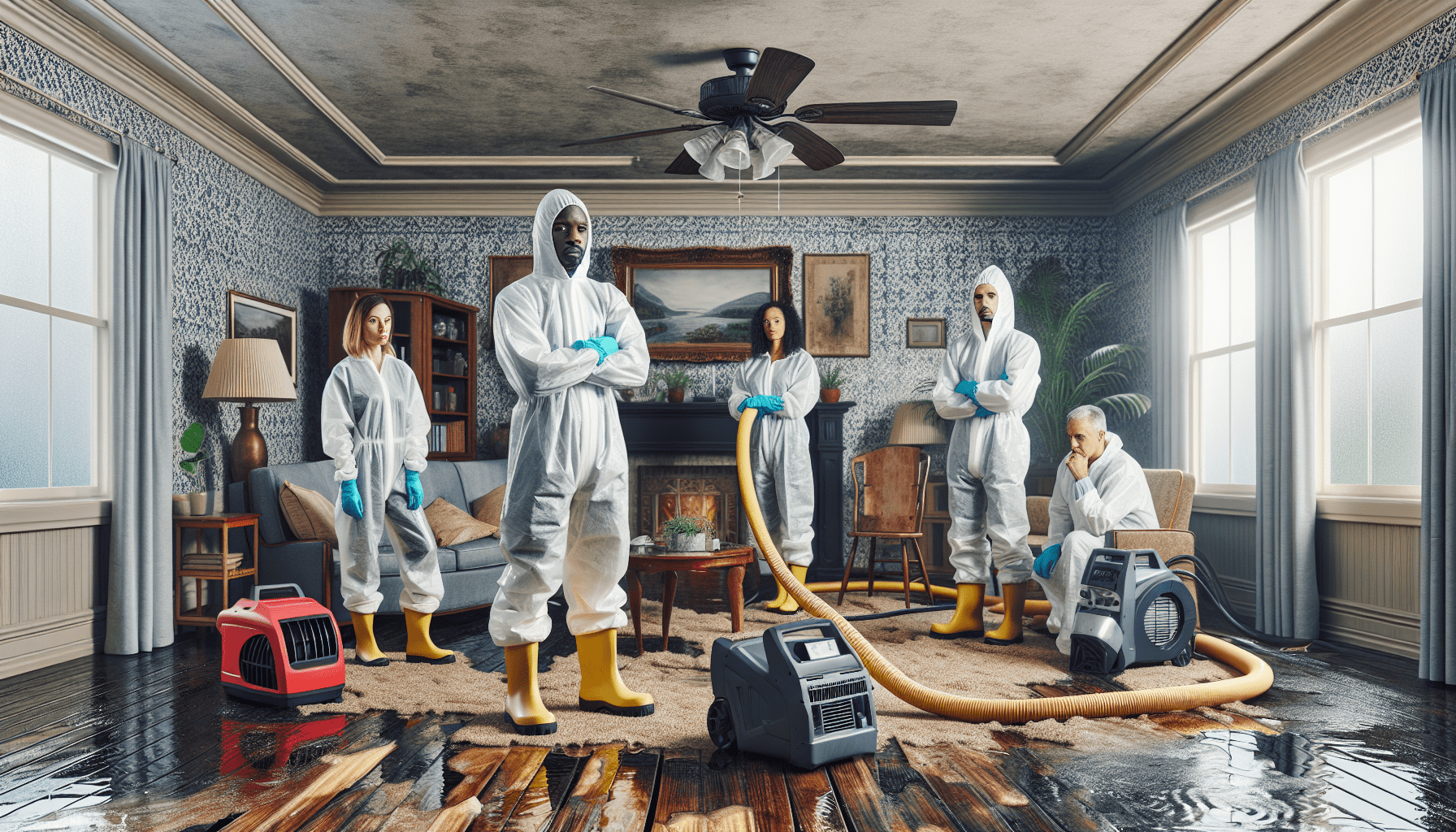
Implications of Water Damage
Water damage can have far-reaching implications beyond the immediate visible damage. If not addressed promptly, it can lead to mold and mildew growth, which poses serious health risks to occupants. Additionally, structural damage can compromise the integrity of a building, potentially causing collapse or unsafe living conditions. Water damage can also result in the loss of personal belongings, important documents, and sentimental items. Moreover, it can significantly decrease the value of a property and make it more difficult to sell in the future. Understanding the implications of water damage highlights the importance of quick and thorough restoration measures.
Assessing the Extent of Water Damage
To effectively address water damage, it is crucial to assess its extent and potential impact. This involves using moisture detectors, evaluating structural damage, and identifying potential health hazards.
Using Moisture Detectors
Moisture detectors are invaluable tools for determining the presence and concentration of excess moisture within affected areas. These devices measure the moisture content in various materials, such as walls, floors, and furniture. By identifying the extent of moisture intrusion, professionals can accurately determine the areas that require immediate attention and prioritize restoration efforts.
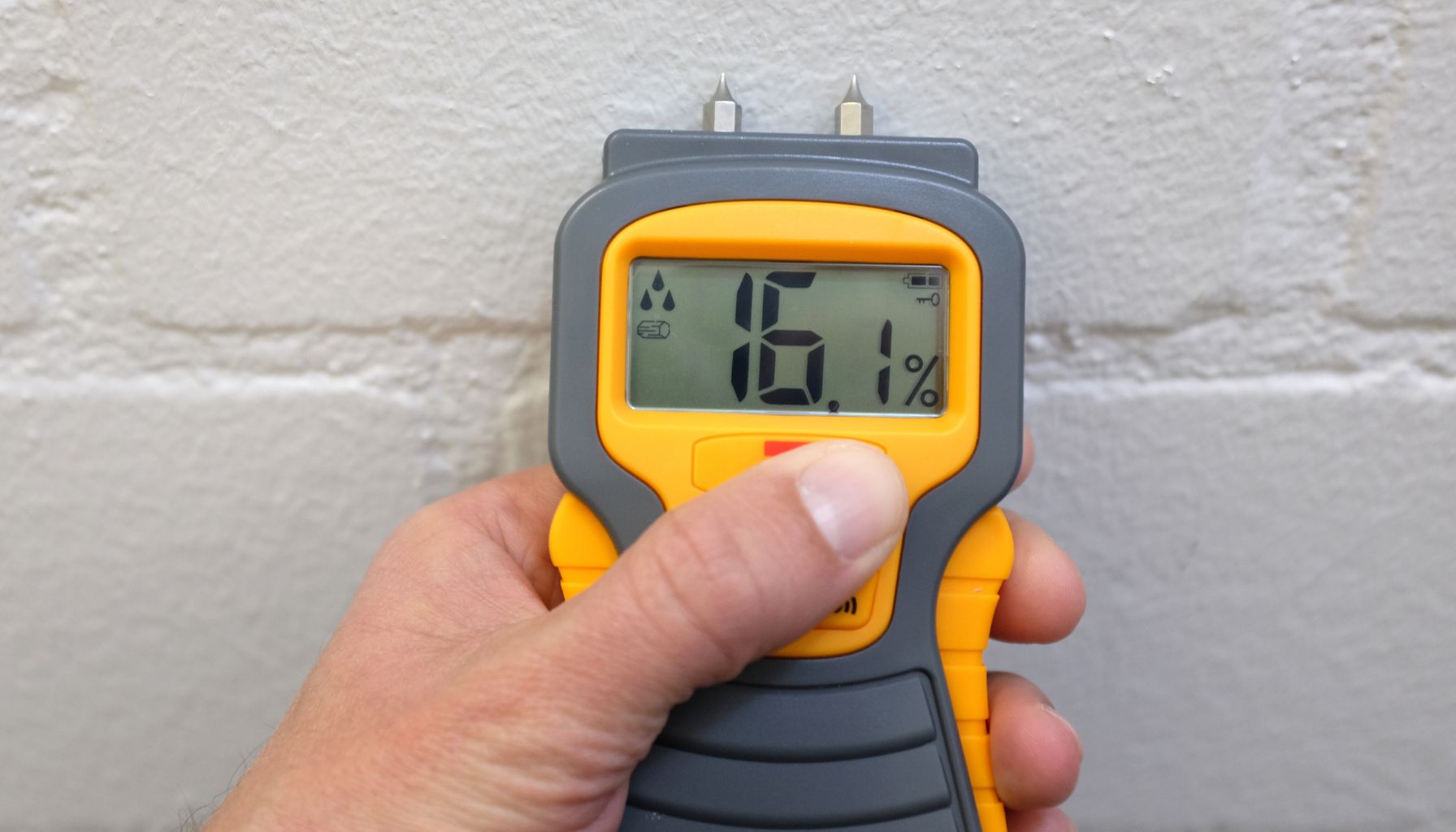
Evaluating Structural Damage
Water damage can weaken the structural components of a building, compromising its stability and safety. By carefully inspecting walls, floors, ceilings, and other structural elements, professionals can identify any visible signs of damage, such as cracks, warping, or decay. Assessing the extent of structural damage is crucial for developing an appropriate restoration plan and preventing further deterioration.
Identifying Potential Health Hazards
Mold and bacteria thrive in damp environments, making water-damaged areas a breeding ground for potential health hazards. By conducting thorough assessments, professionals can identify the presence of mold, bacteria, or other harmful microorganisms that may pose health risks. Prompt detection and proper remediation are essential to ensure the safety and well-being of the occupants.
Safety Measures Before Restoration
Before initiating the restoration process, it is important to prioritize safety measures. This involves taking electrical hazard precautions, wearing protective gear, and ensuring adequate ventilation.
Electrical Hazard Precautions
Water and electricity do not mix well and can lead to dangerous situations if not handled properly. Before starting any restoration activities, it is crucial to turn off the electricity to the affected area or the entire building, if necessary. This prevents the risk of electric shock or fire hazards. Seeking the assistance of a qualified electrician is advisable to ensure the safe disconnection of power sources.
Wear Protective Gear
When dealing with water damage, personal protective equipment (PPE) is essential to minimize exposure to hazards. Gloves, goggles, respiratory masks, and waterproof boots should be worn to protect against the potential risks associated with contaminated water, mold, or other harmful substances. Properly equipped individuals can carry out restoration activities with reduced health risks.
Ensure Adequate Ventilation
Proper ventilation plays a crucial role in preventing the growth of mold and aiding the drying process. By opening windows and using fans or dehumidifiers, fresh air circulation is promoted, expediting the evaporation of excess moisture. Adequate ventilation also helps remove any unpleasant odors associated with water damage, creating a safer and more comfortable living environment.
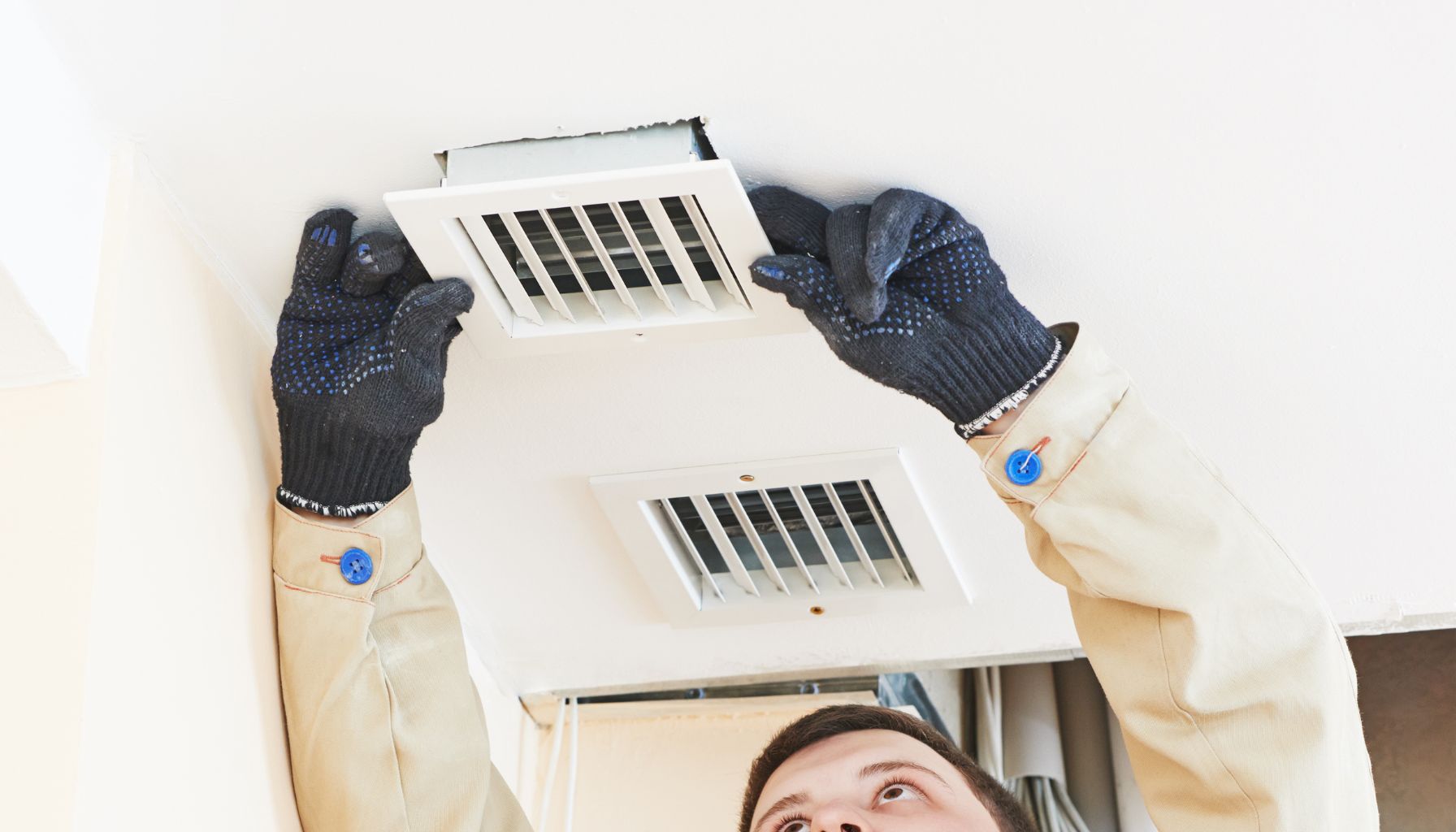
Water Removal Practices
The removal of excess water is a critical step in the restoration process. Depending on the severity of the damage, various techniques such as the usage of submersible pumps, wet vacuums, sponges, and mops can be employed to effectively remove water and prevent further damage.
Usage of Submersible Pumps
Submersible pumps are powerful tools designed to remove large volumes of water quickly. These pumps are commonly used in cases of severe flooding or when there is a substantial accumulation of water in the affected area. By efficiently extracting water, submersible pumps contribute to the restoration process, allowing for faster drying and minimizing the risk of secondary damage.
Benefits of Wet Vacuums
For smaller-scale water removal, wet vacuums are highly effective. These specialized vacuums are designed to handle water and can efficiently extract moisture from floors, carpets, or upholstery. They are particularly useful when dealing with localized water damage or in areas where using larger equipment is impractical. Wet vacuums help to expedite the water removal process, eliminating excess moisture and minimizing the risk of mold growth.
Effective Use of Sponges and Mops
Sponges and mops are essential tools for water removal in hard-to-reach areas or when dealing with smaller quantities of water. They can be used to absorb and extract water from surfaces such as walls, furniture, or countertops. By carefully and thoroughly drying these areas, the risk of further damage, including mold growth, is significantly reduced.
Drying and Dehumidification
Drying and dehumidification are crucial steps in the water damage restoration process. Properly drying the affected area prevents the growth of mold and ensures the complete restoration of damaged property.
Importance of Complete Drying
Complete drying is essential to prevent the growth of mold and other microorganisms that thrive in moist environments. Moisture hidden within walls, floors, or other structural elements can go unnoticed but remains a breeding ground for mold and bacteria. Through the use of specialized equipment and techniques, professionals ensure that all moisture is thoroughly eliminated, leaving the affected area dry and safe.
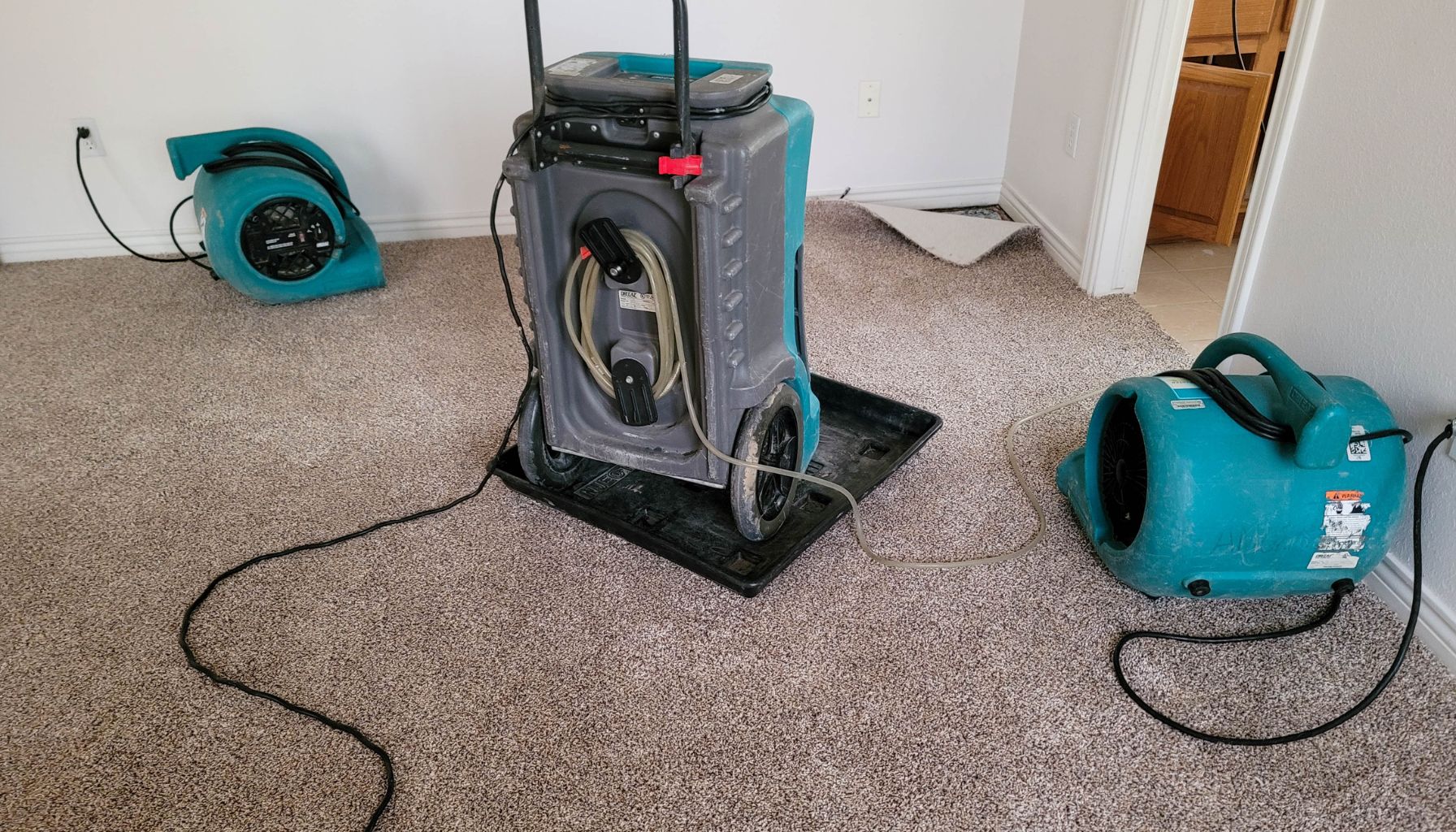
Choosing the Right Dehumidifier
Dehumidifiers are integral to the drying process, as they help remove excess moisture from the air and reduce humidity levels. When selecting a dehumidifier, factors such as the size of the affected area, the extent of the damage, and the specific moisture levels should be considered. Professionals use moisture meters and humidity gauges to determine the appropriate type and capacity of the dehumidifier needed for efficient drying.
Monitoring Dehumidification Process
Regular monitoring of the dehumidification process is crucial to ensure its effectiveness and prevent any potential issues. Professionals closely monitor moisture levels, temperature, and humidity to determine when the affected area has reached the desired dryness. This allows for adjustments in the drying process if necessary and ensures a thorough and successful restoration.
Cleaning and Sanitizing Affected Areas
Once the water has been removed and the area is dry, thorough cleaning and sanitization are necessary to eliminate any remaining contaminants and restore the affected space to its pre-damaged condition.
Use of Antimicrobial and Mildew Inhibitors
To prevent the growth and spread of mold, antimicrobial and mildew inhibitors are applied to the affected areas. These chemical treatments help eliminate any remaining mold spores or bacteria and inhibit their future growth. By fundamentally addressing the root cause of mold growth, the risk of recurring water damage is significantly reduced.
Clean versus Replace Dilemma
When deciding whether to clean or replace damaged items or materials, professionals carefully assess the severity and nature of the damage. In some cases, thorough cleaning and restoration may be sufficient to salvage the items. However, highly porous materials or items that have been excessively contaminated by water may need to be replaced entirely. The decision is based on minimizing health risks, optimizing restoration outcomes, and considering the cost-effectiveness of each approach.
Safe Disposal of Damaged Items
In cases where items or materials cannot be salvaged, proper disposal is essential. Professionals handle the safe removal and disposal of damaged items, ensuring compliance with local regulations and preventing any potential health or environmental risks. This also allows for a clean and clutter-free restoration, enhancing the overall aesthetic and functionality of the affected space.
Restoring Damaged Property
The restoration of water-damaged property involves repairing or replacing the affected elements to bring them back to their pre-damaged condition. From replacing damaged drywall to repainting water-damaged areas and restoring floors and carpets, there are various steps involved in the restoration process.
Replacing Damaged Drywall
When water has penetrated and damaged drywall, prompt replacement is necessary to restore the structural integrity and appearance of the affected area. This process involves removing the affected drywall, ensuring proper drying, and installing new drywall. Professional installers ensure a proper fit, seamless finish, and efficient restoration.
Repainting Water Damaged Areas
After water damage, repainting is often required to restore the aesthetic appeal of the affected space. The damaged areas are thoroughly cleaned, primed, and repainted. Professionals match the color, finish, and texture of the existing paint to ensure a seamless and visually appealing restoration.
Floor and Carpet Restoration
Depending on the severity of the water damage, various techniques may be used to restore floors and carpets. This can include drying and cleaning carpets, repairing or replacing damaged flooring materials, or refinishing wood floors. Professionals carefully assess the damage and select the appropriate restoration methods to ensure a high-quality and durable result.
Avoiding Future Water Damage
While effective restoration is crucial, it is equally important to take proactive measures to prevent future water damage. Routine maintenance of plumbing, proper installation of appliances, and the use of water-resistant materials in high-risk areas are all key preventive measures.
Regular Maintenance of Plumbing
Periodic inspection and maintenance of plumbing systems can help identify and address potential issues before they escalate into significant water damage. Checking for leaks, monitoring water pressure, and ensuring proper insulation of pipes are some essential maintenance practices that can prevent costly and disruptive water damage.
Proper Installation of Appliances
Improper installation of appliances can lead to water damage, particularly in areas such as kitchens and bathrooms. Ensuring that appliances are correctly connected, securing water supply lines, and regularly checking for leaks or malfunctions can help prevent water damage caused by appliances. It is advisable to seek professional installation services to ensure proper setup and minimize the risk of future damage.
Water-Resistant Materials for High-Risk Areas
In areas prone to water exposure or high humidity, utilizing water-resistant materials can help mitigate the risk of water damage. Hardwood flooring, vinyl wall coverings, moisture-resistant drywall, and other similar materials are specifically designed to withstand moisture and reduce the likelihood of damage. Incorporating such materials in vulnerable areas can provide an added layer of protection against water-related issues.
Working with Professional Restoration Services
While some individuals may choose to tackle water damage restoration themselves, hiring professionals offers numerous benefits and ensures a more efficient and effective restoration process.
Benefits of Hiring Professionals
Professional restoration services bring specialized knowledge, skills, and equipment to address water damage effectively. They have the expertise to assess the extent of the damage, implement appropriate restoration techniques, and prevent potential health hazards. Professionals also work efficiently, minimizing disruption and reducing the overall cost of restoration. Their experience and knowledge of regulatory requirements ensure compliance with safety standards and local regulations.

Selecting the Right Restoration Service
When choosing a restoration service provider, it is important to consider their reputation, experience, and certifications. Look for companies that have a proven track record in handling water damage restoration projects and possess the necessary licenses, insurance, and certifications. Reading customer reviews and seeking referrals can provide valuable insights into the quality of services offered. By selecting a reputable and reliable restoration service, you can have peace of mind knowing that your property is in capable hands.
Coordinating with Insurance Agencies
Water damage restoration can often involve working with insurance companies to file claims and ensure proper coverage. Professional restoration services can assist in the coordination and documentation required by insurance agencies. Their industry knowledge and experience in dealing with insurance processes can streamline the claim settlement process, reducing the burden on property owners and facilitating a faster and smoother restoration.
Restoration Checklist for Water Damage
To guide the restoration process, a comprehensive checklist can be followed. This step-by-step process includes equipment checklist and post-restoration inspection.
Step-by-Step Process of Restoration
-
- Assess the extent of water damage and identify the cause.
-
- Secure the affected area and ensure safety precautions are taken.
-
- Remove excess water using submersible pumps, wet vacuums, or other appropriate equipment.
-
- Thoroughly dry the affected area using dehumidifiers, fans, and proper ventilation.
-
- Clean and sanitize all surfaces, using antimicrobial treatments and mildew inhibitors as needed.
-
- Replace or repair damaged drywall, repaint water-damaged areas, and restore floors and carpets.
-
- Take preventive measures to avoid future water damage, such as regular maintenance of plumbing and proper installation of appliances.
-
- Consider using water-resistant materials in high-risk areas.
-
- If necessary, coordinate with professional restoration services and insurance agencies for a smooth and efficient restoration process.
Equipment Checklist
To ensure an effective restoration process, the following equipment should be readily available:
-
- Submersible pumps
-
- Wet vacuum cleaner
-
- Moisture detectors and meters
-
- Dehumidifiers
-
- Fans and air movers
-
- Protective gear (gloves, goggles, masks, boots)
-
- Sponges and mops
-
- Antimicrobial and mildew inhibitors
-
- Painting supplies (brushes, rollers, tarps)
-
- Carpentry tools (saws, hammers, screwdrivers)
Post-Restoration Inspection
Once the restoration process is completed, a thorough inspection should be conducted to ensure that all required steps have been taken and the property has been fully restored. This includes checking for any remaining signs of water damage, ensuring proper functionality of repaired or replaced components, and verifying compliance with safety standards. Post-restoration inspection ensures that all restoration goals have been met and provides the necessary peace of mind for property owners.
In conclusion, understanding water damage, its causes, and implications is crucial for effective restoration and prevention. Assessing the extent of water damage, prioritizing safety measures, employing appropriate water removal practices, and following the necessary steps for drying, cleaning, and restoring damaged property are essential for a successful restoration process. Preventive measures, working with professional restoration services, and maintaining regular maintenance practices are vital in avoiding future water damage. By adhering to a comprehensive restoration checklist and following best practices, the impact of water damage can be minimized, ensuring the safety, well-being, and integrity of properties and their occupants.



